Residents of Gombak Utara are kept on their toes as the construction work for the East Coast Rail Link (ECRL) project has gained momentum in the area.
Local villagers, when met by Malaysiakini, voiced their grievances, revealing that they are living in fear of flash floods and cracked walls as well as broken tiles - which they claimed was caused by the construction of the mega railway project that stretched across Peninsular Malaysia.
Kampung Sungai Salak resident at Batu 9 ½, Umi Kalsom Daisuki claimed the flash floods have occurred frequently ever since trees and hills behind the village were cleared for the construction of the ECRL project.
Sitting on a chair on the porch of her house while carrying her four-month-old grandchild, Umi Kalsom divulged that the mere sight of dark clouds hovering over her village was enough to send chills down her spine.
“I worry when it rains, flash floods always hit the village whenever it rains. This has been happening since a year ago when they started felling trees.
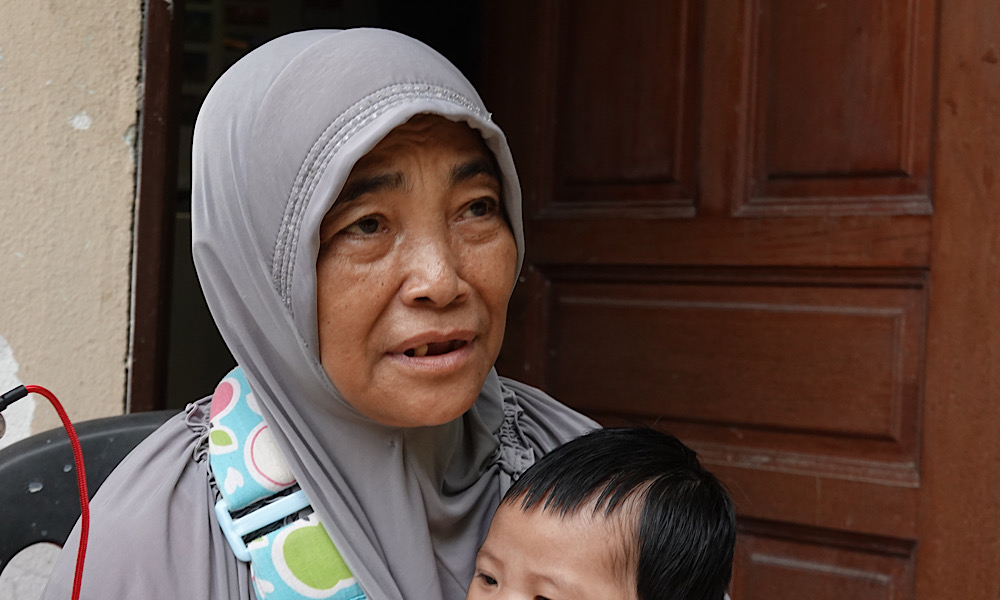
“I’m left alone at home to care for my baby grandchild. If it floods, I don’t know what to do,” the 62-year-old housewife told Malaysiakini.
Umi, who lives just 100m away from the construction site, expressed concerns that the floods in the village would worsen in the future as there will be no trees to hold back rainwater and slow down its flow at times of flooding.
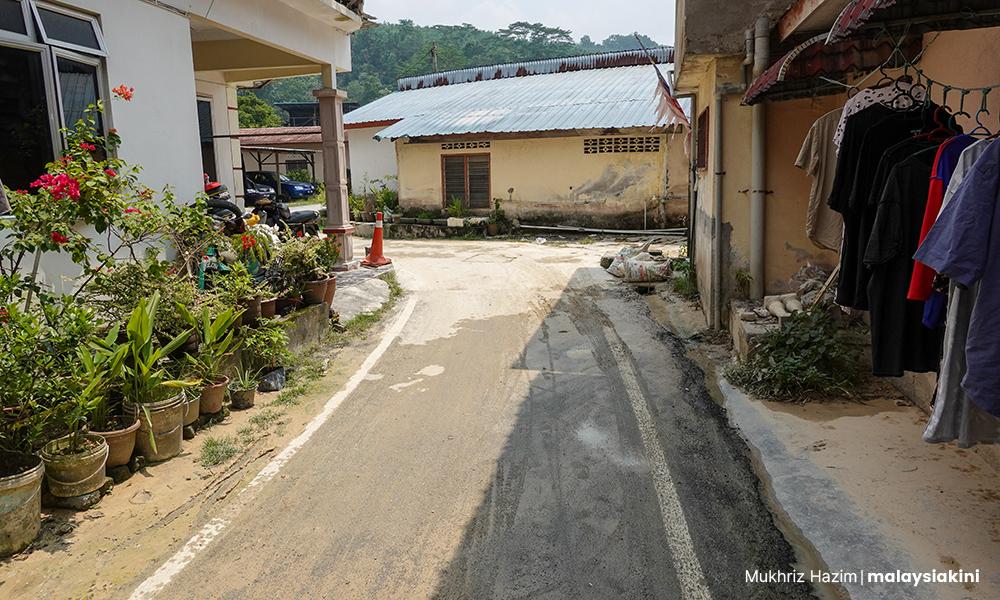
This is not the first time the ECRL - which was initiated during former prime minister Najib Abdul Razak’s BN administration - had courted controversy.
The 665km-long project involving four states - namely Kelantan, Terengganu, Pahang and Selangor - has been under immense scrutiny after residents in Klang and other parts of Gombak Utara have been reportedly asked to relocate as their houses were situated on the supposed construction site.
Meanwhile, sharing Umi Kalsom’s frustrations was Fauziah Samodi.
The 31-year-old accountant, who has lived in the village all her life, said the flood waters would reach waist level.
“It was just the other day when the flood waters burst through my kitchen door.

“My family and I are very worried that our village will be affected and we will be asked to evict our houses to make way for the construction,” she said.
Another villager, Hosin Nabhan, fumed that the ECRL tracks were built so close to residential areas.
“I’m dissatisfied. Floods have hit the village more frequently since the construction began.

“When it rains, it will get flooded in less than an hour,” the 62-year-old retiree told Malaysiakini.
Cracked walls, broken tiles
Over in Kampung Sungai Chinchin in Batu 7, villagers found themselves in a different predicament.
Villagers voiced concerns over piling works from a construction site, erected less than 100m from the residential area, which allegedly caused cracks in the walls and broken tiles at several houses nearby, including a neighbourhood kindergarten.
Speaking to Malaysiakini, Tabika Kemas Batu 7 Gombak teacher Jamaah Md Nor was worried for her students’ safety and wellbeing.
“They (the kindergarteners) are my responsibility! It’s really dangerous for the children. There are a lot of cracks in this building and it started after the piling works began.
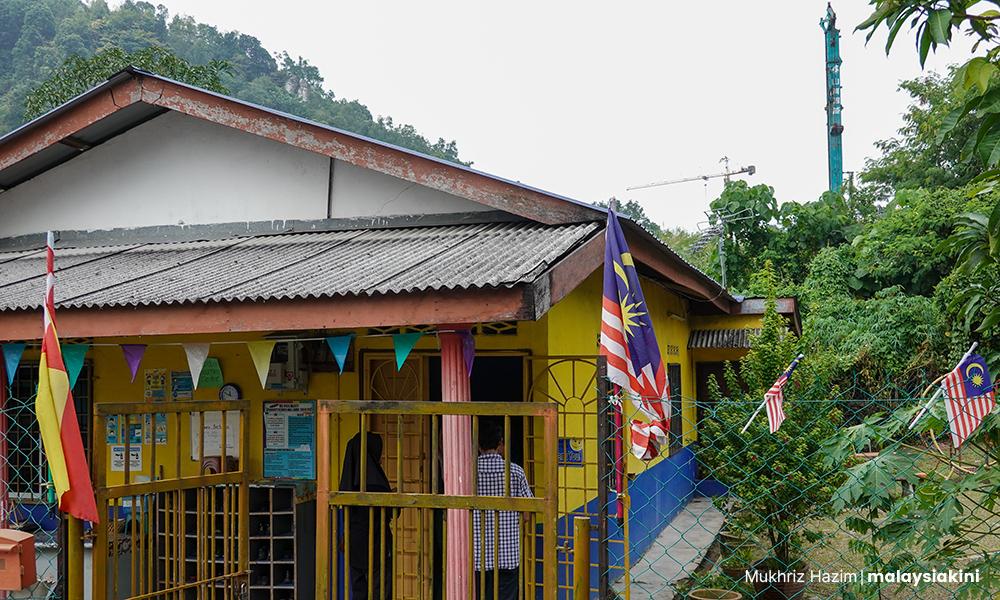
“There’s no specific time when the piling works would begin and it gets very noisy.
“I really pity the children. They are still in pre-school so they can’t be distracted by the environment that they study in,” the 55-year-old said.
While she was informed that the kindergarten would not be affected by the ECRL project, Jamaah revealed that assessors, who went to the kindergarten, said otherwise.
“We did not get any notice about this beforehand. Even the Community Development Department (Kemas) was shocked to hear about this.
“They have to inform Kemas about this, whether to give us a notice to relocate or to stay.”
Another resident, 62, year-old Rokiah Osman, expressed hesitation to relocate as she is caring for her disabled son.
“I’m very worried that we will be asked to move. My son is ill and can’t walk. If we need to move, I wouldn’t know how to manage my son.
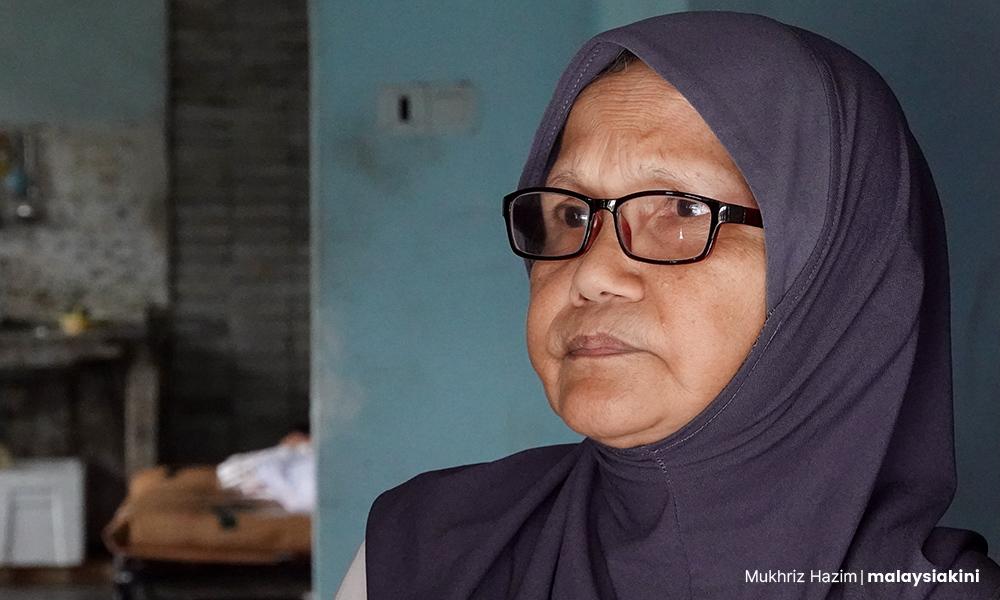
“Besides, my son likes it here,” the housewife said.
Meanwhile, Rokiah’s eldest son Mohd Faizal Samsudin bemoaned that Jalan Gombak, which is the main access route to the village, has also been affected and it has caused inconvenience to the villagers.
“The construction workers would close off Jalan Gombak and this is the only main road to enter and leave Gombak.
“The villagers would have to drive all the way to the highway, which is far away.
“This is only the beginning of the construction, what’s going to happen when the construction intensifies?” the 35-year-old trader asked.
Local activist Muhammad Yusof Sulaiman has claimed that the railway tracks will be built near the Gombak Orang Asli Hospital and would cause a nuisance to patients there, as well as lead to social implications.

“We respect the project because the people need development. But did the parties involved go on the ground to assess the social impact as a result of this project?
“I see that nature is gone, what will be left on this earth? This is not the way to gain the wealth of the world,” the 33-year-old asserted.
Yusof, who claimed that a total of 14 villages in Gombak Utara would be affected, urged project developers to consider another route to build the tracks and leave the villages alone.
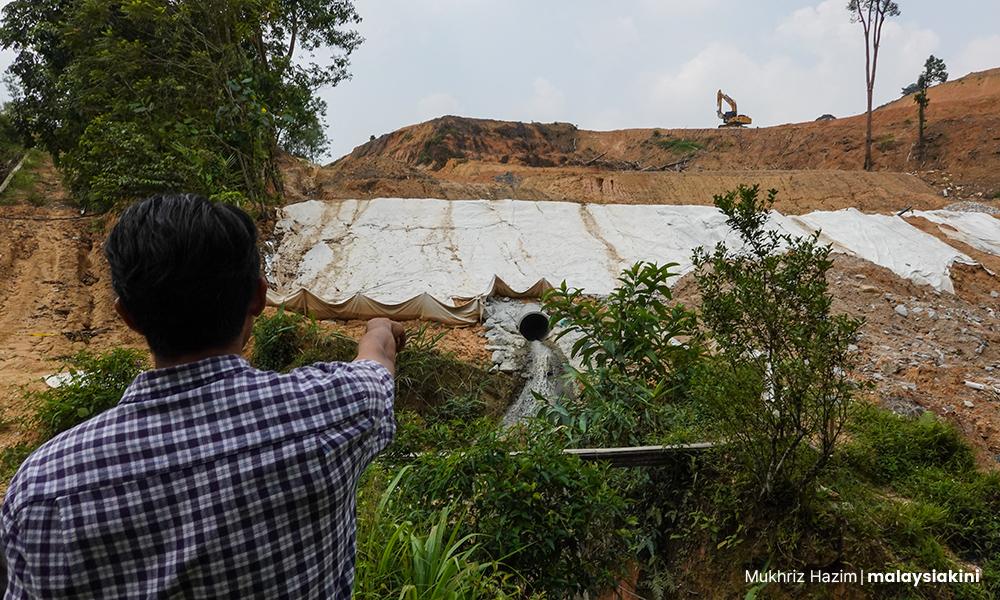
He also expressed disappointment that the villagers were left in the dark as no briefing sessions were held to explain the direction of the project in detail.
‘Place been flooding long before project’
In response to the villagers’ claims, the ECRL project team, which comprises Malaysia Rail Link Sdn Bhd (MRL) and China Communications Construction (ECRL) Sdn Bhd (CCC-ECRL), said Kampung Sungai Salak has been prone to flooding even prior to the commencement of ECRL works.
Citing an article published by Malaysiakini, dated June 15, 2014, the ECRL project team said it was clear that flooding has been an issue in the village for almost a decade.
“The site-clearing works, in phases, in Kampung Sungai Salak had only begun on June 7 this year. The ECRL Project team observed that drains in the area were often found to be clogged and filled with soil even prior to the commencement of its works.
“Furthermore, erosion and silt control measures have been implemented to ensure that the surface water runoff that comes out through the final discharge point onto the surrounding area complies with environmental regulations during the construction phase of the project.
“A series of site visits and negotiations were held to reach an agreement with local residents before a new drain line could be put in place to carry surface runoff to the river without passing through the affected residential areas,” they responded to Malaysiakini in a written reply.
It added that they were in the midst of finding the best solution to prevent water overflow from ECRL work sites from entering Kampung Sungai Salak.
“The area near Kampung Sungai Salak has been designated for the development of ECRL’s Electric Multiple Unit (EMU) yard.
“An area of approximately 100 acres is needed for the EMU yard, which will also be used for maintenance of the trains as well as parking upon the completion of the trains’ daily operation.”
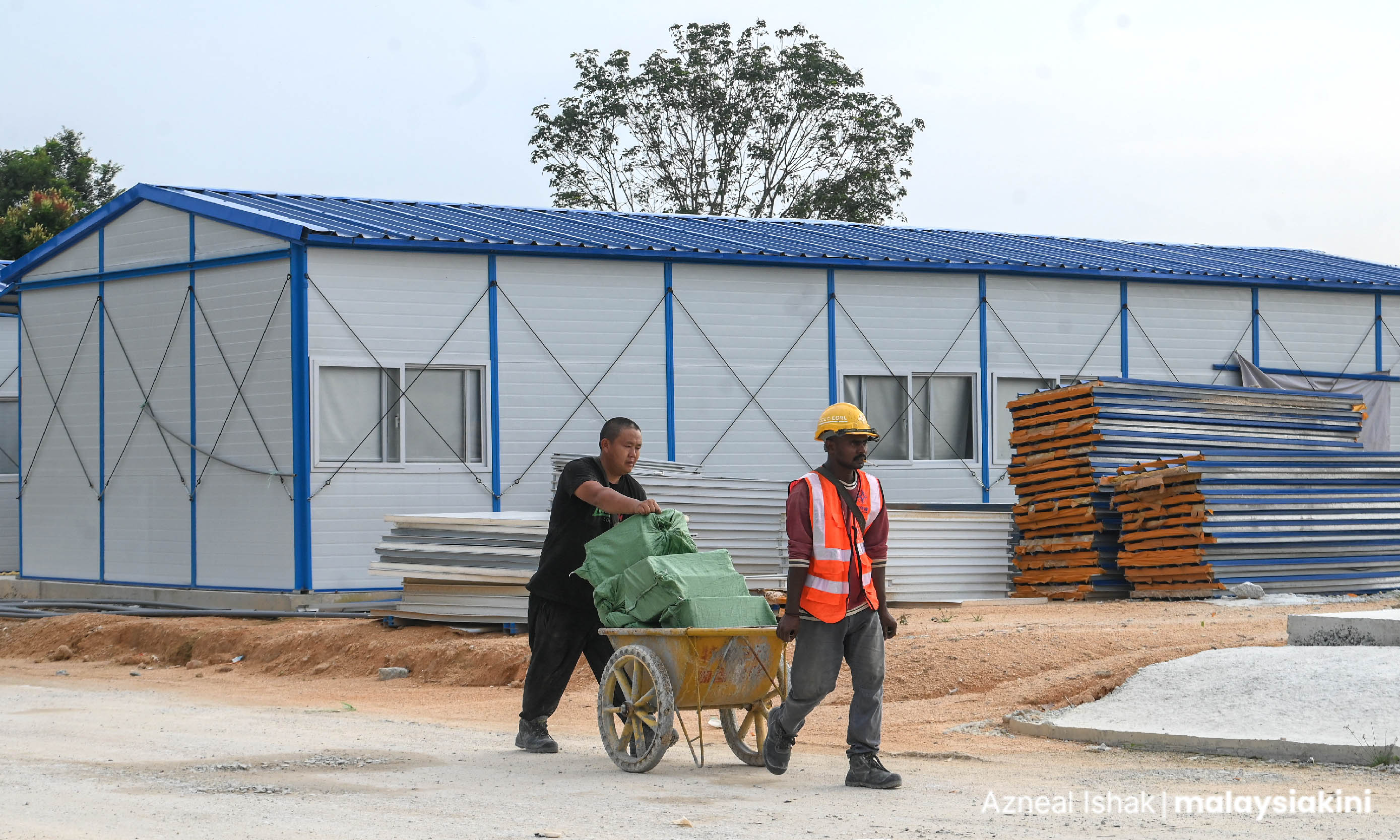
Addressing concerns of piling works in Kampung Sungai Chinchin which had led to cracked walls as well as floor tiles, the ECRL project team said it has not received any official complaints of such incidents.
However, it has given its assurance that it will follow up with the affected residents on the matter.
“The piling works near Kampung Sungai Chinchin started on Sept 21.
“Being mindful of the surroundings, the (EPCC) engineering, procurement, construction and commissioning contractor CCC-ECRL opted to use the rotary bored pile method instead of the commonly used driven pile method.
“This method is a cast-in-place concrete pile, where the bored pile has to be drilled and cast at the site instead of the driven pile method where the precast pile will be driven by hammering.
“The advantage of bored piling lies in its drilling method, which results in minimal vibration and noise levels, ensuring that adjacent structures and the surrounding environment remain least affected during the piling process.
“Additionally, the lower noise levels contribute to a more favourable working environment, minimising disruptions to nearby residents.”
While admitting that the ECRL alignment will be located approximately 110m from the Gombak Orang Asli Hospital, it said necessary measures, including concerns about noise impact, will be taken into consideration during the construction phase and operational phase.
This, they said, was to ensure the hospital would not be affected.
It also dismissed allegations that MRL and CCC-ECRL had not held any discussions with villagers to explain the project to them.
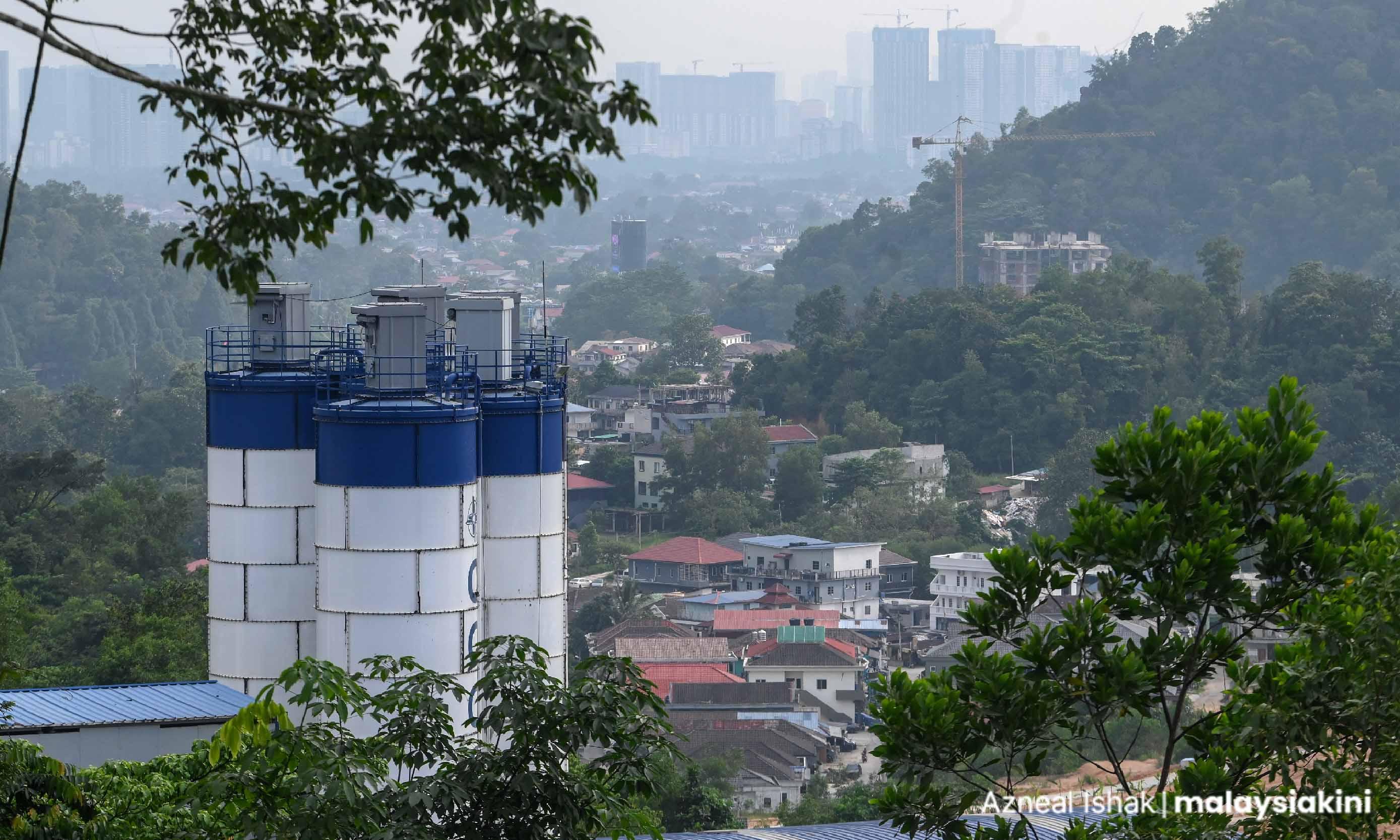
It stressed that several engagement sessions on the ECRL project had been carried out since the beginning of this year with residents and landowners in Gombak Utara.
“The most recent involved the ‘Majlis Ramah Mesra Dan Dialog’ by the ECRL project team at Dewan Orang Ramai Batu 9 on Sept 30, which was also attended by representatives from the Selayang Municipal Council and village head’s office, among others.
“The ECRL project team has also taken proactive steps to engage and brief the relevant village heads to ensure that they are aware of the ECRL alignment and works being carried out.
“Furthermore, there are information signboards and hotlines at work sites to enable residents or landowners to call and obtain information,” it added. - Mkini




No comments:
Post a Comment
Note: Only a member of this blog may post a comment.